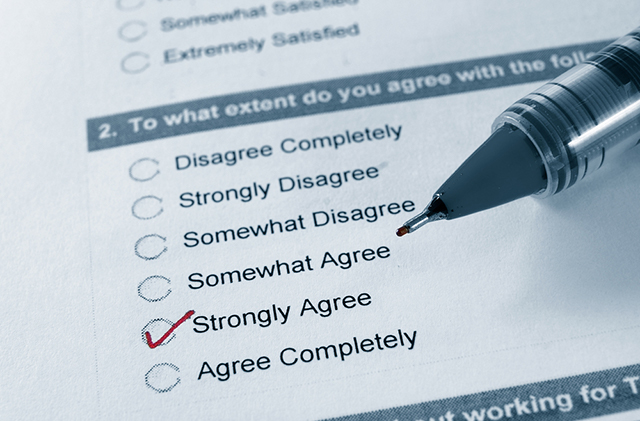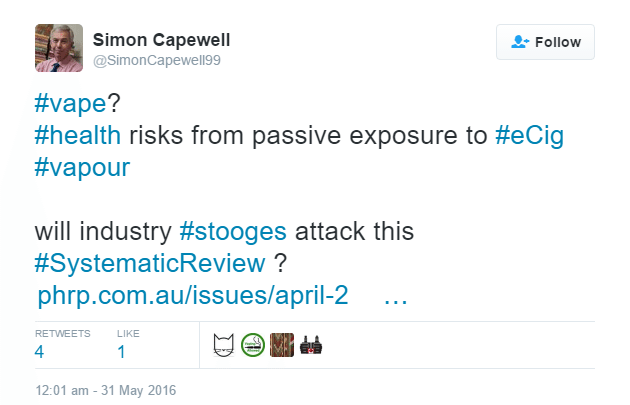
Cool or Fnool?
“Teenagers smoke e-cigarettes because they deem them ‘cool and fun’, alarming report claims” - makes for an interesting, click bait type headline doesn’t it? So what is all the fuss about? Well as you would expect a new “study” from Canada has been released - with an accompanying op-ed from none other than Matthew Stanbrook, by far the most ideological and idiotic anti-vaper “researcher” there is, who claims that “e-cigarettes are a gateway that must be shut”. More on that later in the post.









